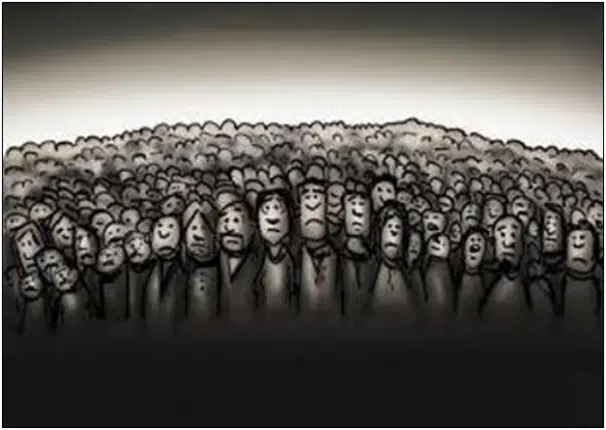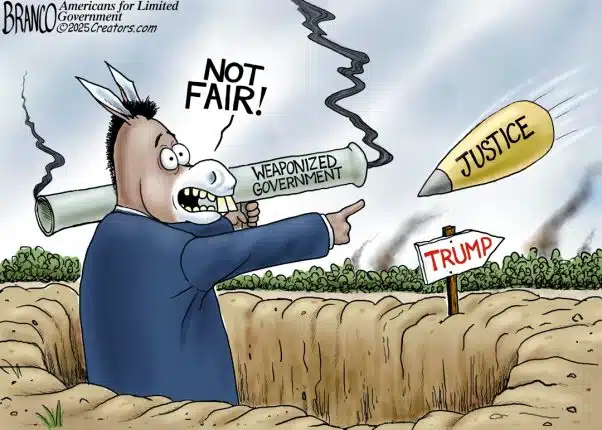 By Bill Wilson — After the disappointing June 1 unemployment report, which measured the jobless rate ticking up to 8.2 percent, many are asking for how much longer this depression will linger on.
By Bill Wilson — After the disappointing June 1 unemployment report, which measured the jobless rate ticking up to 8.2 percent, many are asking for how much longer this depression will linger on.
The answer, sadly, is for a long, long time.
If measured apples to apples from Jan. 2009, when Obama took office and the labor force participation rate was 65.7 percent — it has since dropped to 63.8 percent — the picture would look even worse.
The 8.2 percent measured rate hides an additional 4.6 million Americans that have dropped out of the labor force on a net basis since then. If included, the real rate would be 10.8 percent, or 17.3 million people completely out of work. Including the underemployed, the rate rises to 17.2 percent, or 27.5 million who cannot find full-time work in the Obama economy.
The numbers are positively devastating. But they’re even worse than that. Since Jan. 2009, the noninstitutional civilian population has risen by 8.2 million, but the number of people employed has only risen by 100,000.
Add to that the 4.4 million jobs that were lost between Nov. 2007 and Jan. 2009, and there’s been about 12.5 million potential workers that have been displaced in this depression. We’re nowhere near replacing the jobs lost before Obama took office, let alone creating positions for the new workers entering the labor force.
Even using the government’s manufactured numbers, at 40 straight months above 8 percent unemployment, this is the longest period of sustained high joblessness since the Great Depression.
James Surowiecki summarizes the long-term, systemic nature of the problem in a recent piece in The New Yorker, “No End in Sight,” reporting, “Forty per cent of the unemployed have been without a job for six months or more — a much higher rate than in any recession since the Second World War — and the average length of unemployment is about forty weeks, a number that has changed very little since 2010.”
But why? Why after almost four years since the markets crashed in 2008 is the economy still in the tank — and the American workforce still lost at sea?
Those who suggest this is no normal cyclical recession are correct. In fact this downturn came as the end result of one of the largest credit expansions in human history — with total credit outstanding growing to a gargantuan $53.8 trillion in 2008. That was a whopping 372.9 percent of the 2008 $14.291 trillion Gross Domestic Product (GDP), which is what happens when you have a financial system that is allowed to lend money into existence.
Since then, credit expansion has frozen. The total debt to GDP ratio has dropped to 353.3 percent, and the financial system is unraveling the great credit bubble. It would likely have unraveled much, much faster had the government never intervened to bail out the system in the first. Now we’re living through their “soft” landing — which means a much longer recession.
The housing market is still in the toilet, too. The Case Shiller Home Price Index is at its lowest point since the downturn began, and homeowners underwater on their mortgages stands at a whopping $717 billion according to CoreLogic. This compounds the economic recovery as it makes worker relocation impossible for over 10 million Americans, who simply cannot afford to cut the check to “sell” their homes.
So, even if jobs were available in certain states, they remain inaccessible to millions.
Sadly, commentators like Surowiecki are still committed to the Keynesian orthodoxy to get the economy out of its doldrums despite more than $3.4 trillion of fiscal and monetary “stimulus” since Obama came to town not even making a scratch in the problem. “A more aggressive monetary or fiscal policy,” Surowiecki confidently suggests without producing any evidence, “would help puts lots of Americans back to work.”
Yeah, right.
For the jobless situation — and the economy at large — to turn around and get back to robust, sustainable growth, arrogant politicians would have to level with the American people that they were wrong. They’d have to get out of the way and allow the credit bubble to collapse and restoring a system of sound money and real value.
Unfortunately, the Washington, D.C. establishment still treats Alfred Maynard Keynes’ prescriptions as if they were some sort of an economic law, when it turns out they were nothing but a lie.
Bill Wilson is the President of Americans for Limited Government. You can follow Bill on Twitter at @BillWilsonALG.






